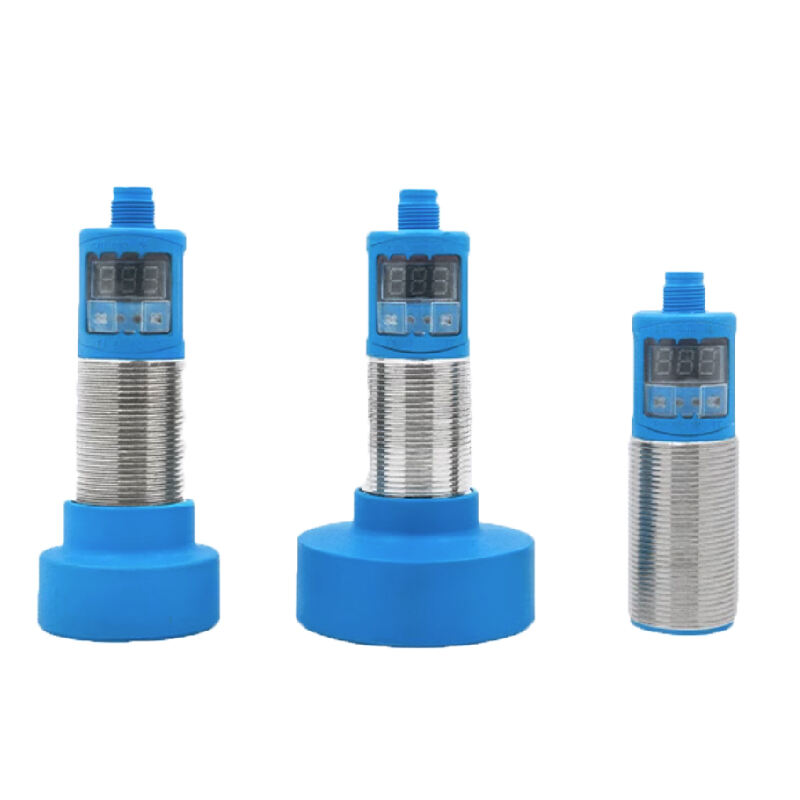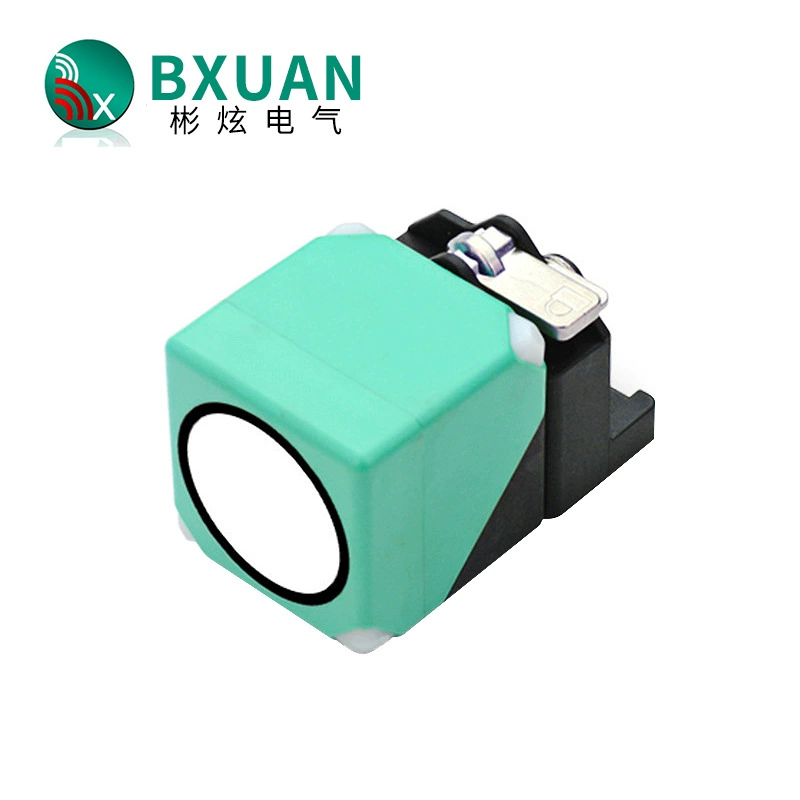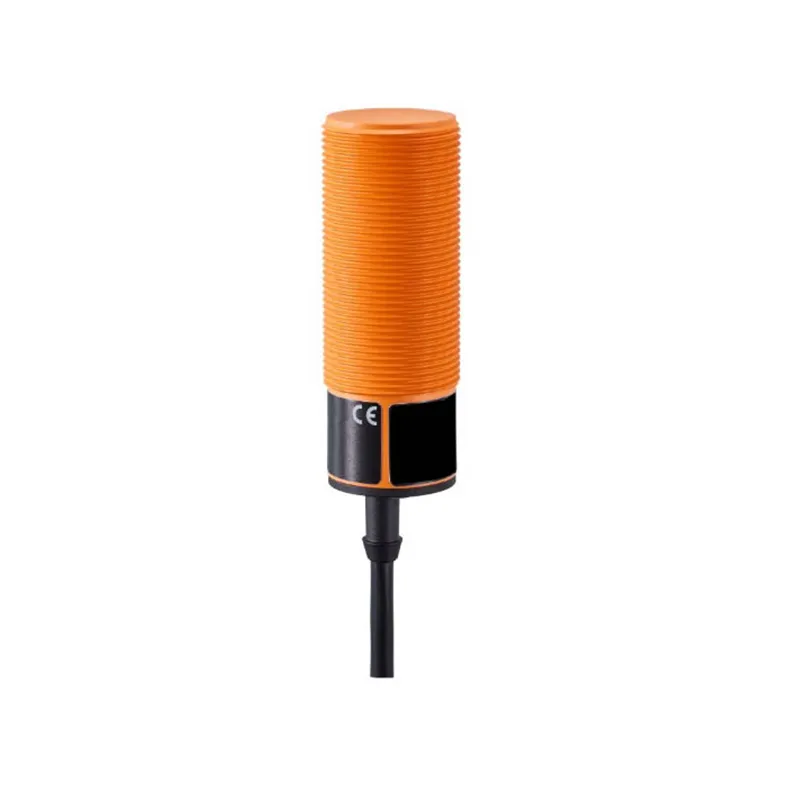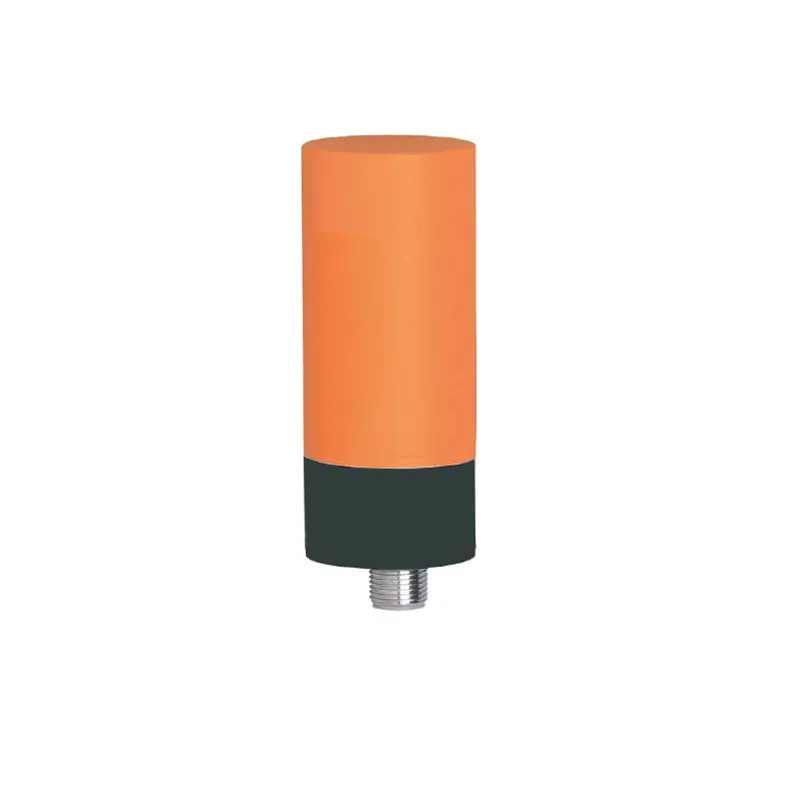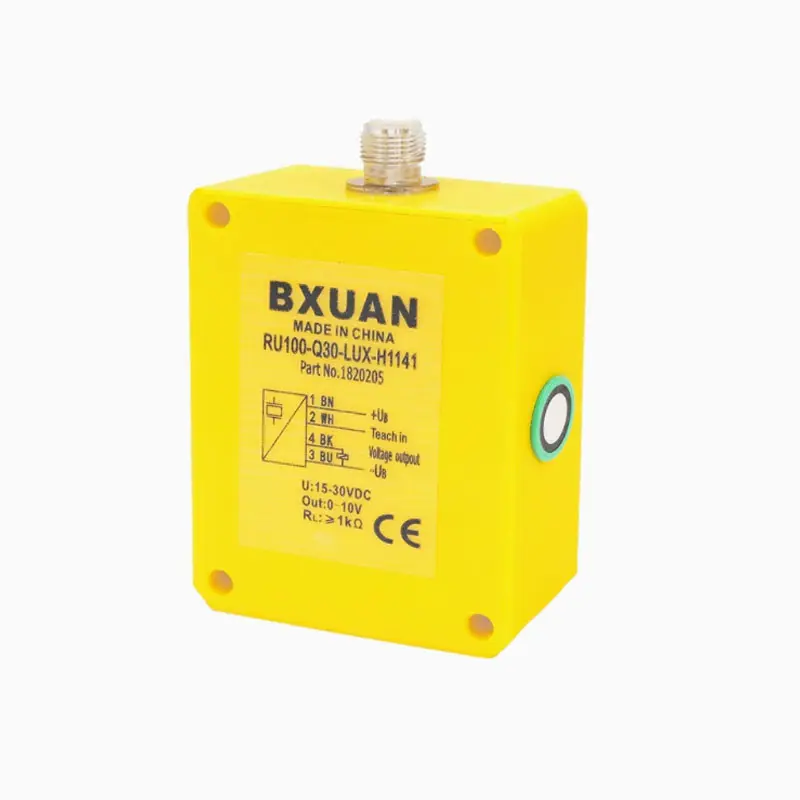proximity sensor in elevators
A proximity sensor in elevators represents a crucial safety and operational component that revolutionizes how elevator systems detect and respond to nearby objects and passengers. This sophisticated device employs advanced sensing technology to monitor the presence of people or objects in the elevator doorway, ensuring safe and efficient operation. The sensor typically uses infrared or electromagnetic waves to create an invisible detection field that spans the entire door opening. When this field is interrupted by a person or object, the sensor immediately signals the elevator control system to prevent door closure or triggers reopening if the doors are already closing. The technology incorporates multiple detection points arranged in a precise pattern to create a comprehensive safety barrier, typically covering the full height of the door opening from floor to header. Modern proximity sensors in elevators are designed with enhanced sensitivity and rapid response times, typically reacting within milliseconds of detection. They operate effectively in various lighting conditions and can distinguish between actual obstacles and environmental factors such as dust or smoke. These sensors are also equipped with self-diagnostic capabilities that continuously monitor their functionality and alert maintenance personnel if any issues arise. The integration of proximity sensors has become standard in contemporary elevator systems, meeting strict safety regulations while contributing to smoother traffic flow and improved passenger experience.

